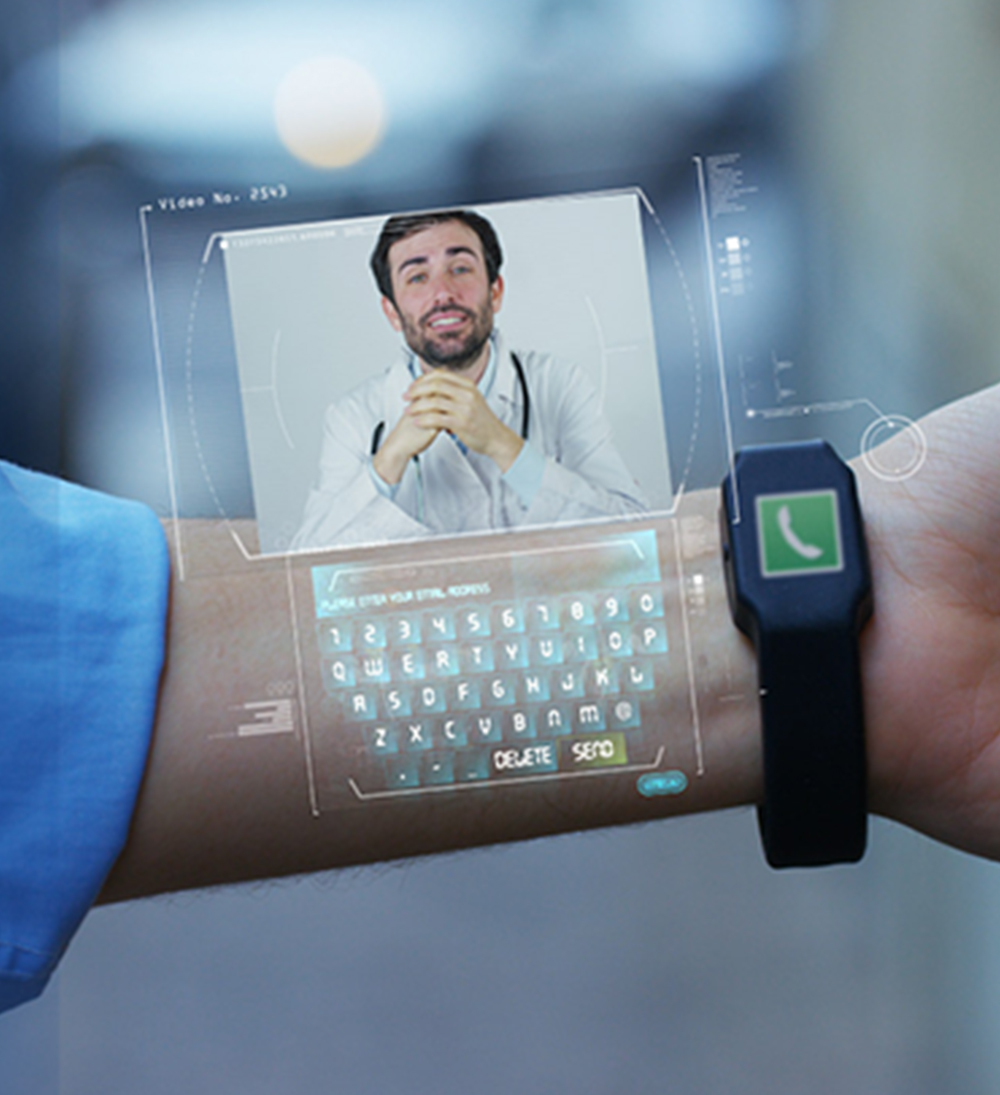Remote Patient Monitoring
The Comprehensive Guide to Building a Robust Remote Patient Monitoring Solution

Blog
The Comprehensive Guide to Building a Robust Remote Patient Monitoring Solution

Hospitals today are grappling with the evolving needs of today’s health systems. There has been a paradigm shift in healthcare modernization, which needs to move from legacy infrastructure and framework
Hospitals today are grappling with the evolving needs of today’s health systems. There has been a paradigm shift in healthcare modernization, which needs to move from legacy infrastructure and framework. This typically paves the way for the designing and development of remote patient monitoring solutions.
Care has seen tremendous changes in the past few years from hospitals to patients’ homes to provide secure and remote care in a restricted environment. This would also ease the pressure of healthcare organizations. Coping with a global pandemic like COVID-19 has brought to surface the difficulties of streamlining healthcare and digitizing patient monitoring.
Building a robust Remote Patient Monitoring (RPM) platform is all about turning ideas into reality. And it starts with the healthcare service provider. They come with the evolving need to build virtual solutions like remote patient monitoring and telemedicine platforms. Remote patient monitoring solutions leverage the capabilities of critical health data including Patient Reported Outcomes (PRO), Patient Generated Health Data (PGHD), Electronic Health Records (EHR), Social Determinants of Health (SDOH), wearables, IoTpowered devices and other sources. With these innovations at the heart of next-gen healthcare landscape, here are the various components of developing a remote patient monitoring software.
New product development is all about converting concepts into realities. This holds well for developing innovative solutions for remote patient monitoring for hospitals, surgical centers and medical practices.
It initiates with the healthcare provider offering product input or design strategy to the specialists and Subject Matter Experts (SMEs) who evaluate various factors before rolling out a remote patient monitoring solution.
They need to invest time and efforts in competitor evaluation and benchmarking. By doing so, they would be able to offer a competitive difference. This helps understand how well the new product will perform against its competitors in the market. This also helps bridge performance gaps across the product lifecycle. Care providers can understand their product value against their competitors’ solutions. It also helps evaluate competitors’ products in key strategic areas.
Benchmarking of the new solutions also needs perfectly to align with a strong go-to market strategy. This ensures that the prodcut meets the needs of a healthcare system. This also fosters robust care coordination in the healthcare setting. You will have a clear roadmap on identifying market niches and address patient concerns. Besides, it helps get the sales funnel rolling.
A great go-to-market strategy means knowing and understanding target customers at the initial phase. It also helps understand what you want to to achieve with the end result of the solution. It will also allow you to generate revenue and traction at an early phase.
This ensures ideal target audeinces that fit your unique value proposition. A great go-tomarket strategy also requires you run advertising campaigns about the RPM solution. This would be done through websites, press releases, social media, email, whitepapers, webinars, podcasts and events.
A go-to-market strategy involves a strategic evaluation comprising of c-suite and the leadership team, especially the CTOs and the sales team that will determine the market visibility and scope of the idea. They also need to ensure the avaluate sustainable health information exchanges. Health information exchanges also need to ensure highest standards of HIPAA complaince.
This ensures addressing the privacy and security of data exchange, especially while working with mobile telemedicine platforms. Once you receive the final go ahead from the strategic evaluation team, the idea is then shifted to the industrial design team.
Industrial design teams then present the designs to new product development engineers who check for the technical feasibility of plug and play sensors and wearables through design and prototyping.
The software product development for RPM will work parallelly. This would involve turning telemedicine solutions for digital patient engagement, appointment reminders, patient-self scheduling and personalized messaging. The product features are designed on top of a functional product.
To learn more about building robust remote patient monitoring solutions, give us a shout!
From our humble beginnings as a healthcare start-up—to becoming a full-blown healthcare-exclusive digital transformation provider, our journey has been quite a remarkable one. Today, SolvEdge is a leading-edge Healthcare services and solutions provider—trusted by 450+ Hospitals, 3500+ Physicians and millions of patients across the globe.